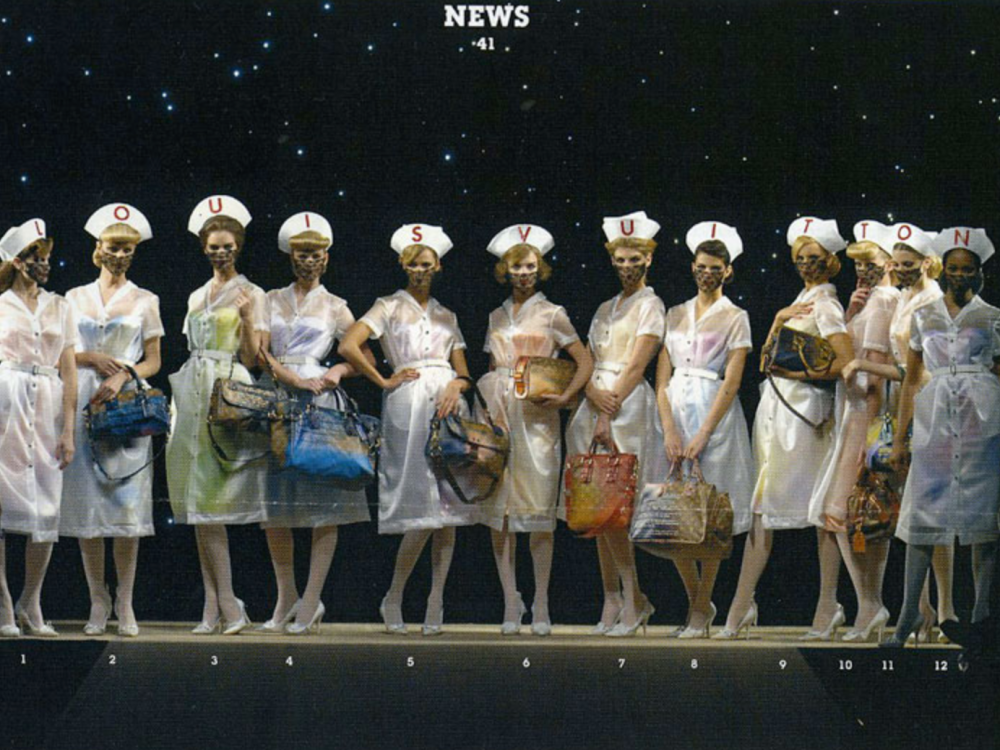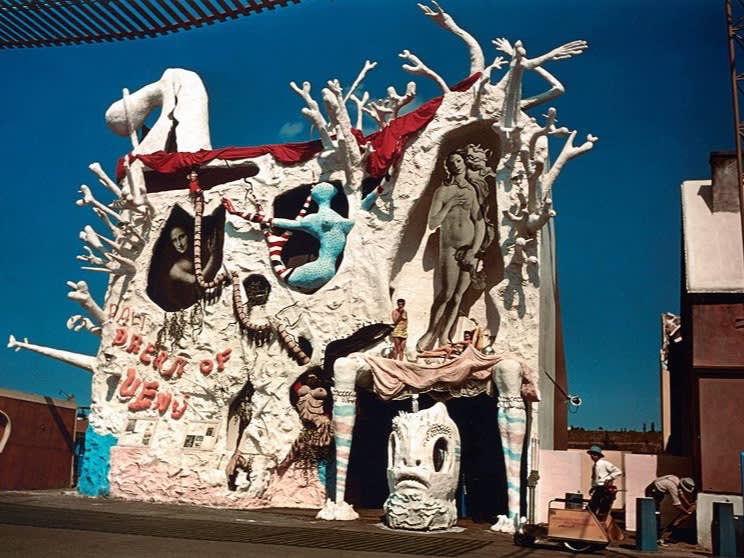
Yoko Ono and John Lennon
Outside of The Dakota, 1980
Take yourself back to the early 1970s, and imagine what transpires when the wife of one of history’s all-time greatest rock stars commissions a young magician-turned-furniture-designer to create a surprise 34th birthday gift for her husband. Now, understand that that wife is Japanese multimedia and performance artist Yoko Ono, the rock star is singer, songwriter and co-founder of the Beatles, John Lennon, and the young artist is a 24-year-old Dakota Jackson. Indeed, what comes of such an astonishing prompt falls nothing short of magic.
In 1974, Dakota received an unsolicited phone call from an unfamiliar yet immediately recognizable voice, that of Yoko Ono, asking him to design a surprise birthday gift for her husband, John Lennon. From that conversation came Dakota Jackson’s first commission, catapulting him on a new career path and crystallizing his future as a maker of objects at the crossroads of magic and furniture.
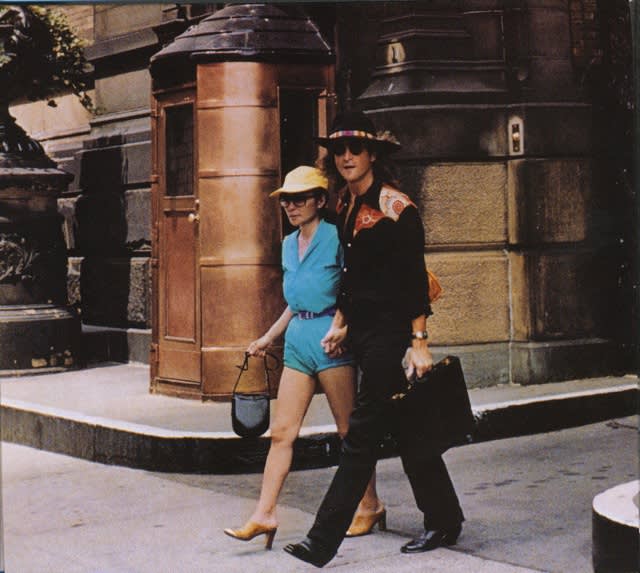
Yoko Ono and John Lennon
Walking Out of The Dakota, 1980

Dakota Jackson
Portrait
At the tender age of 24, Jackson – hailing from a celebrated family of trained magicians – was performing magic in galleries and spaces downtown, dancing with the companies of choreographers Laura Dean and Trisha Brown, and appearing in performances at La MaMa Experimental Theatre Club. Despite his early identity as a renaissance man in the performing arts, Dakota took to the design and creation of unique objects and bespoke environments. Living in an affordable loft in downtown New York during a period when young artists were seen customizing their personal living quarters amid highly flexible spaces, Dakota made changes to his own loft and began building for people around the city. At which point his reputation as an artist and magician was superseded, becoming known, instead, as a man who built ‘wonders’.

Dakota Jackson
The Eclipse Bed, Commissioned for Diane Von Furstenberg, 1976

Dakota Jackson
The Ke-zu Chaise, 1988
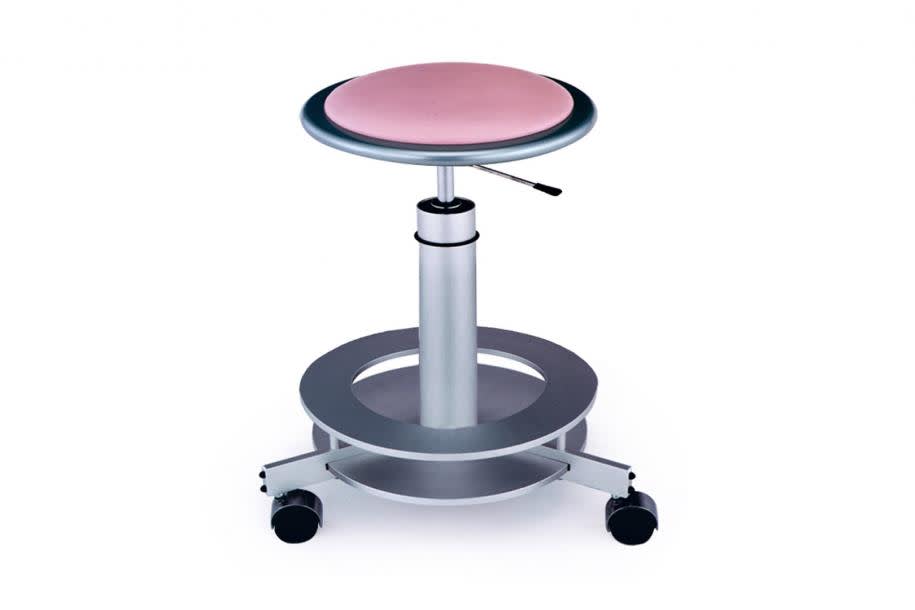
Dakota Jackson
The Saturn Stool, 1976
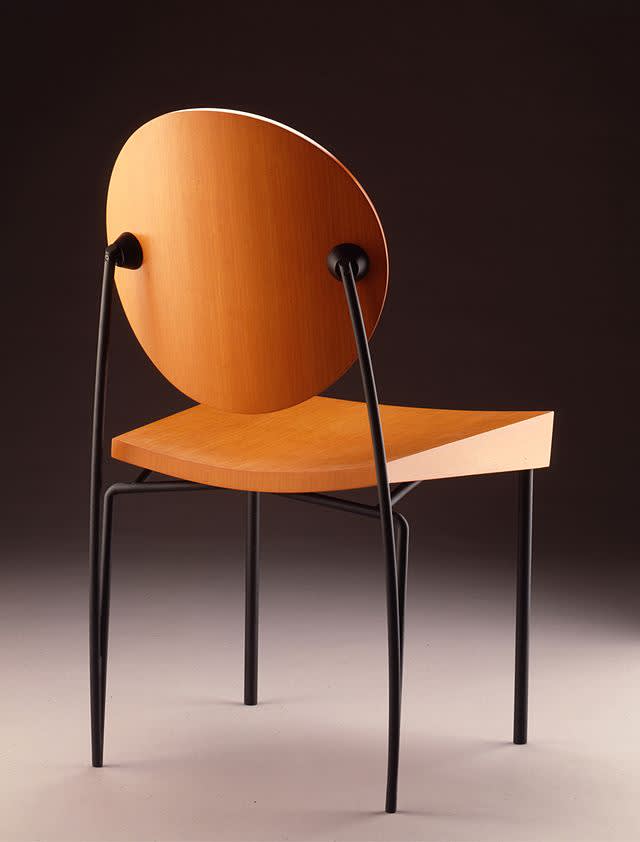
Dakota Jackson
The Vik-ter Chair, 1991
As a performance-oriented individual with key visibility in conceptual art and the Fluxus movement, Yoko Ono was intrigued by Jackson’s likeminded approach to his craft. Following their fateful phone conversation in 1974, Ono invited Dakota to visit the couple’s new apartment at the Dakota – another product of fate – to discuss the project further while John was traveling. Having never met the couple, Jackson was intrigued to experience the environment in which they lived, a visit that gave him an utmost understanding of Lennon’s essence, and recalls seeing a grand white piano in the couple’s living room and stage costumes from John’s time with the Beatles and the band’s Magical Mystery Tour.
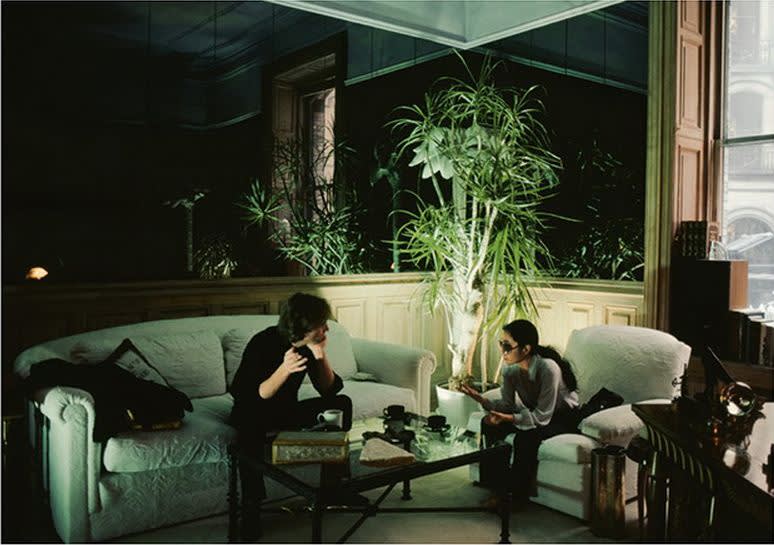
Kishin Shinoyama
John Lennon and Yoko Ono in their Dakota's living room, 1980
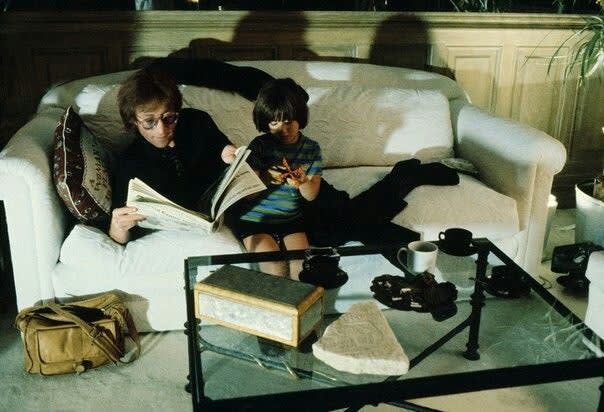
John with Sean
Inside at Home, The Dakota, 1980
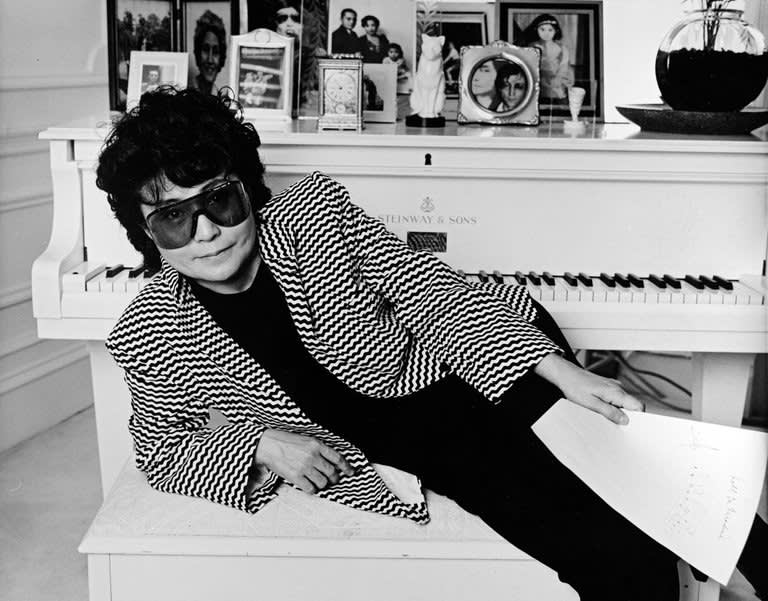
Yoko Ono
At her Dakota apartment in 1990
Dakota and Yoko rejoiced in their shared love of magic, a topic they explored in depth during their many sittings discussing the commission. Ono, obsessed with spirituality and the energy of objects, described her desire to gift John a writing desk that would appear as simply that, but like a Chinese Puzzle box, could open in many ways and include hidden compartments to house personal treasures. While certain areas of the desk would slide up and rise at the simplest touch, other components were far more mechanical, taking extreme concentration to access.
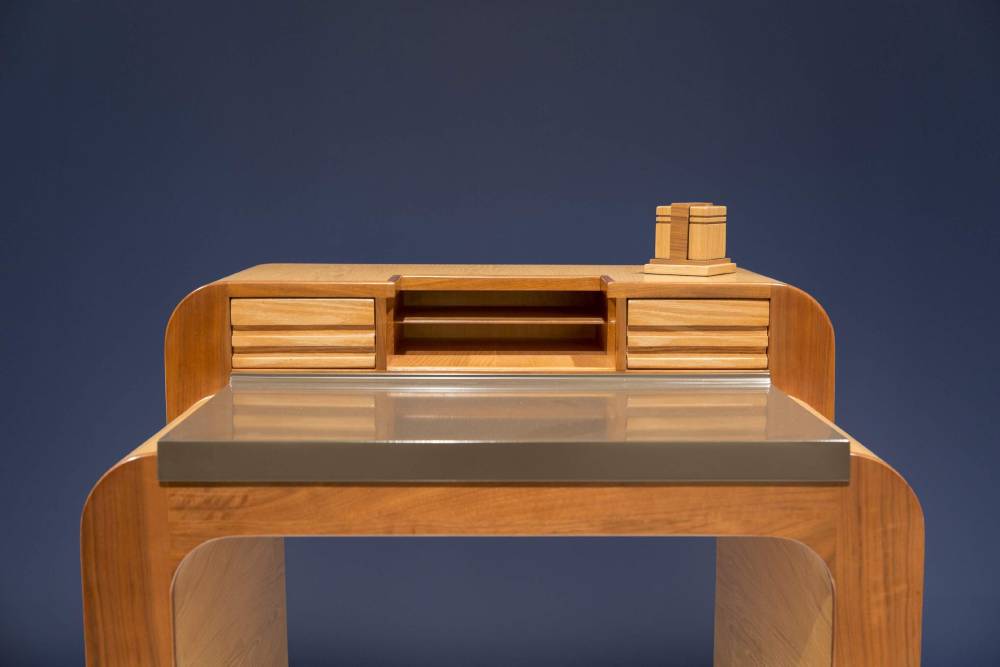
Dakota Jackson
The John Lennon Desk (Detail), 1974
Considering this an essential turning point in his career towards the design of furniture utilizing elements of magic and the illusion of normalcy, Dakota devised an object that was life changing. The John Lennon Desk draws on the notion of mystery and the power encapsulated in an object straddling the line between pure design and illusion.
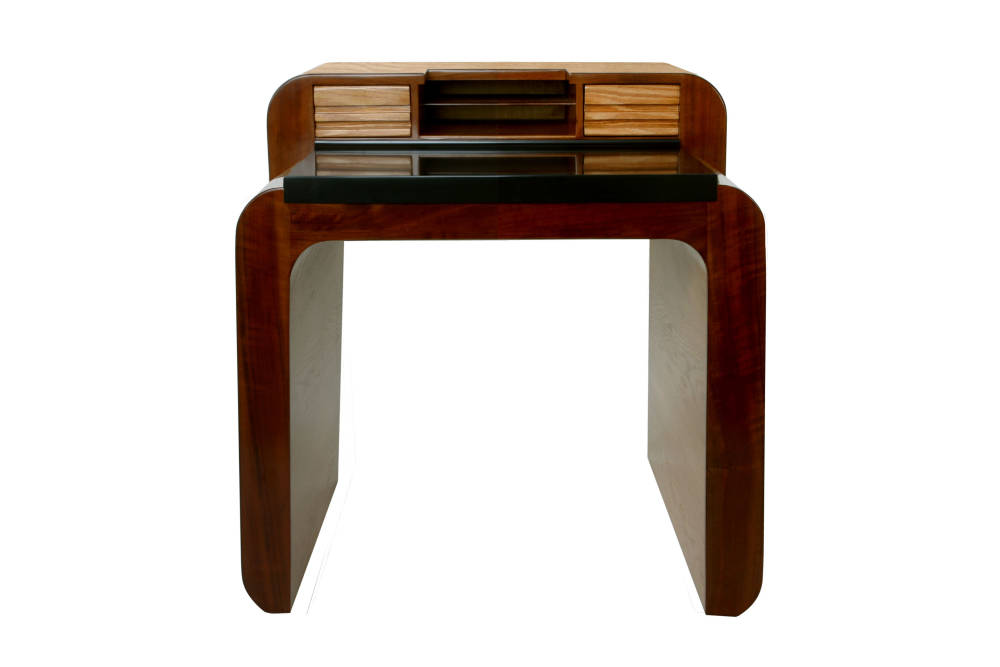
Dakota Jackson
The John Lennon Desk, 1974

Dakota Jackson
The John Lennon Desk, 1974
In 2010, in honor of the 30th anniversary of Lennon’s death, Yoko contacted Dakota to have the desk properly restored, remarking that it was John’s favorite possession. As the piece was dismantled, the veneer pealed away to expose the desk’s sophisticated construction techniques and internal layout. Jackson recalls the weight of this deeply self-reflective experience being that of an older man touching the same 24-year-old boy’s hand as when he built it. The magic encapsulated in The John Lennon Desk did not stop at the design; the object lives on as a historical artifact, a mystery within a mystery, a gift within a gift.


